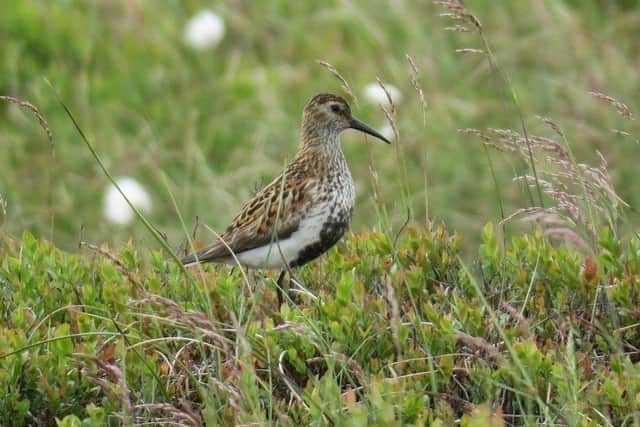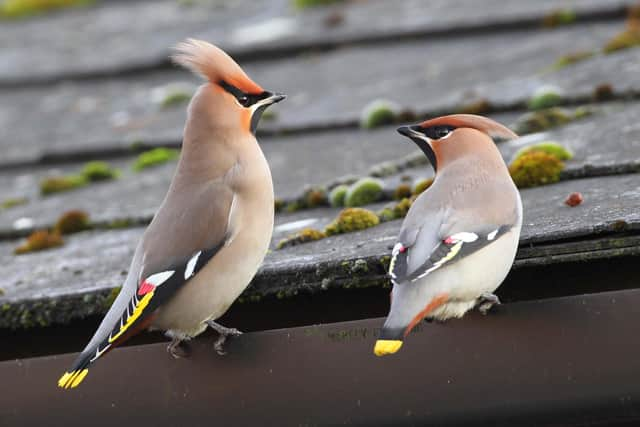The birds which are set to return to and leave our coastlines as seasons and temperatures change
Although we associate birds with the start of Spring, Autumn is also one of the busiest times for arrivals in the UK. As many of our summer visitors leave for warmer climes, we can expect to welcome many species escaping colder countries for the what is a comparatively warm British winter.
With milder temperatures and an abundance of food across our mudflats and estuaries, many wading birds head to our coastal regions for the winter months so look out for Knots migrating from Canadian islands, but they’re also being joined by birds travelling from Siberia to South Africa; Dunlins flying from Scandinavia and Russia to the UK every year before heading back in spring and Females arrive first, followed by the males, and finally this year’s young, which reach the UK by October; Black-tailed godwits breed in the UK overwinter in Africa and the birds that nest in Iceland are a subspecies that winter in the UK.


Advertisement
Hide AdAdvertisement
Hide AdFlying further inland to feast on natural stores of berries, seeds and small mammals (in the case of the owls) are: the Short-eared owl which is arriving from Scandinavia and its bright yellow eyes and speckled brown feathers can be seen on open grassland, wetlands or moorland; the Fieldfare is a large thrush with a dark brown back, grey head, and a beige/black speckled chest and can be heard making a chack-chack-chack call in hedgerows; Redwings with a vibrant white eyebrow and red underwing are flying in from Iceland, Scandinavia, Eastern Europe and Siberia and are mainly in woodlands and farmland, and are occasional garden visitors; the Waxwing is a soft downy grey, with an elegant crest, and red and black eyebrows and beard and while the UK usually sees a few hundred waxings over winter, if the winter is particularly cold or berries run low in Scandinavia and Eastern Europe, they could come in their thousands.
Winter-visiting geese and swans are hard to miss around reservoirs, lakes and estuaries and fly from as far as the Canadian Arctic Archipelago, the Russian tundra, and Iceland.
Species include brent geese, barnacle geese, white-fronted geese, pink-footed geese, Bewick’s swans and whooper swans. The longest swan sea crossing goes to the whooper swan, which flies all the way from Iceland to the UK. With a wingspan of almost 2.5 metres, whooper swans can fly up to 55mph.
And finally, many of our resident species have their numbers boosted by migrant birds of the same species from Europe.


Advertisement
Hide AdAdvertisement
Hide AdSo if you are seeing an increase in starlings, chaffinches or robins in your garden or nearby park it could be down to partial migration.
Set to take flight from the UK in the coming weeks are Wheaters, Swallows, Blackcaps, Tree-Pipits, Redstarts, Sedge Warblers, Whitethroats, Reed Warblers, Lesser Whitethroats, House Martins and Spotted Flycatchers.

